Omer Fast - Omer Fast: Demo Disk, Extracts from four videos (2001 - 2003)
Tuesday, March 25, 2008
Download this at KaraGarga.
A Tank Translated (excerpts) 2002
CNN Concatenated 2002
T3 - Aeon 2001
Spielberg's List 2003
From WHITNEY BIENNIAL
Born 1972 in Jerusalem, Israel; lives in Berlin, Germany
Omer Fast works with film, video, and television footage to examine how individuals and histories interact with each other in narrative. He mixes sound and image into stories that often veer between the personal and the media’s account of current events and history.
For Spielberg’s List (2003), a 65-minute, twochannel color video installation, the artist visited Cracow, the Polish city that served as the setting for Steven Spielberg’s film Schindler’s List (1993), and interviewed Poles who worked as extras in the film. Their memories are presented as the dry, authentic accounts of a historical event—in most cases, the 1990s Hollywood production, but in some cases the 1940s German occupation. The artist juxtaposes these accounts with shots of the surviving film set, built near the remains of the actual German labor camp and never fully dismantled. Much like the two sites, which appear increasingly indistinguishable with the passage of time, the work reveals the production of history through the merger of recreation and relic.
In Godville (2005), a 51-minute, two-channel color video, historical reenactors at the Colonial Williamsburg living-history museum in Virginia describe their eighteenth-century characters’ lives and their personal lives in ways that seem interchangeable. Fast splices the reenacted and real biographies together, often word-byword, into a rambling narrative that is as aurally fluent as it is temporally dissonant. The work tells the story of a town in America whose residents are unmoored, floating somewhere between the past and the present, between revolution and reenactment, between fiction and life.
Fast’s recent work The Casting (2007), a shorter four-channel video projection, addresses current events. A U.S. Army sergeant recounts two incidents: a romantic liaison with a young German woman who mutilates herself and the accidental shooting of an Iraqi. The two tales are seamlessly woven together into a script that was given to actors to perform in silent tableaux. While the actors try hard to keep still, the narrator’s recollections slip between setting and story, trying to find relief if not redemption in the act of recalling. JASON EDWARD KAUFMAN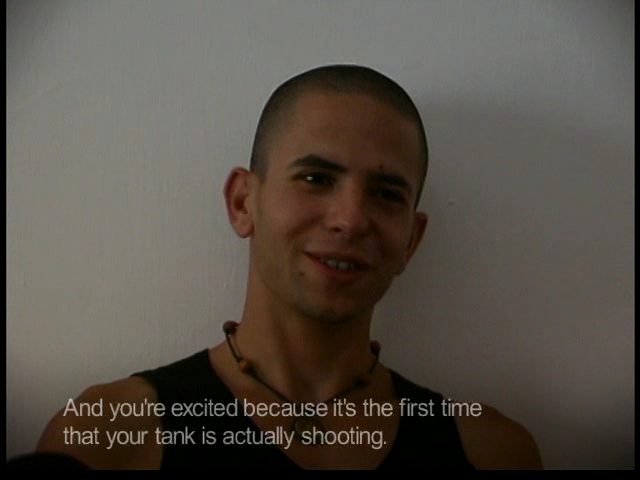
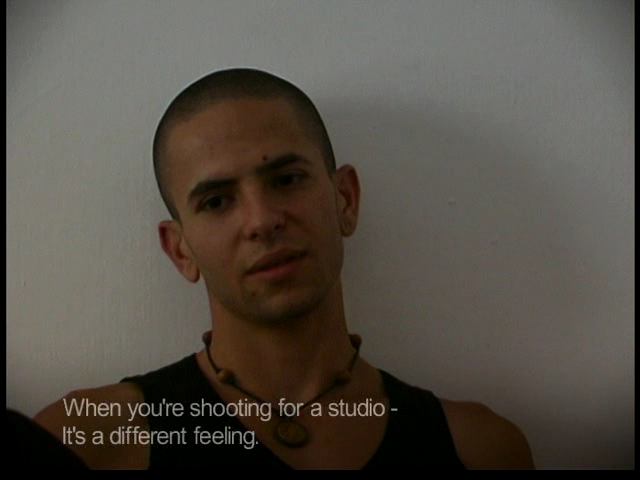
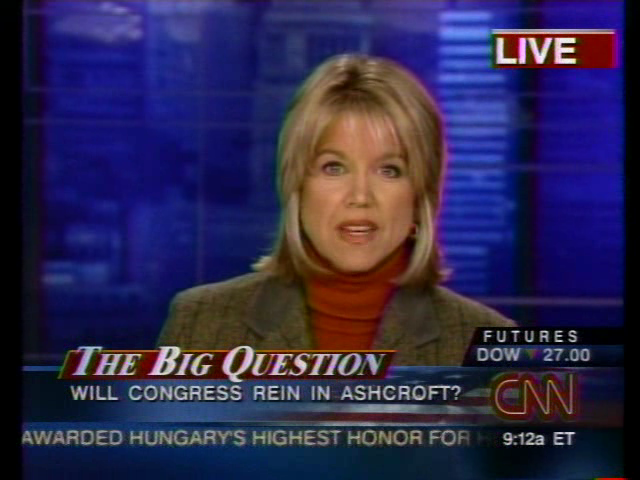
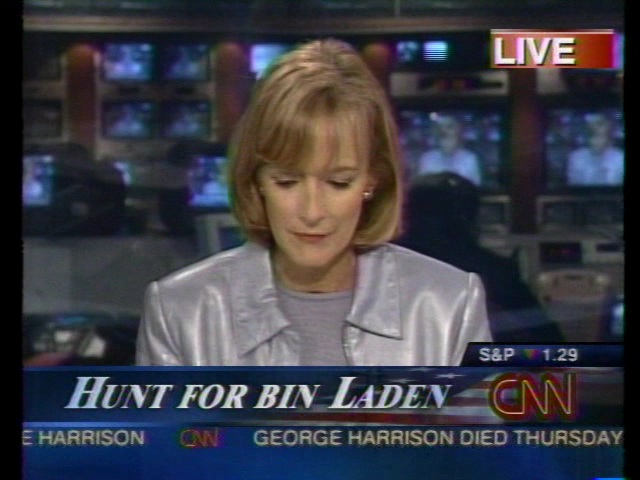
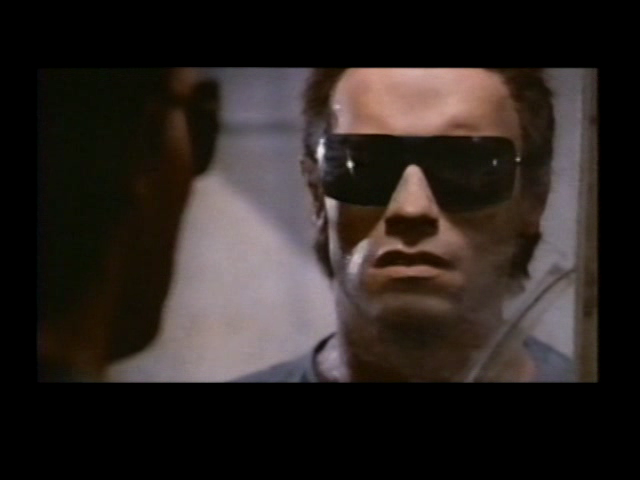
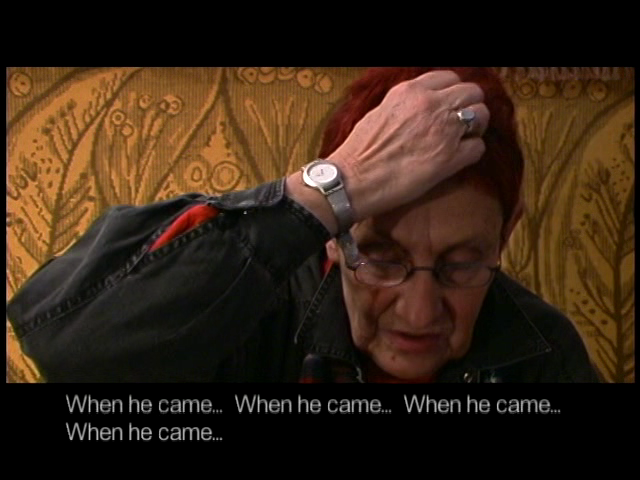

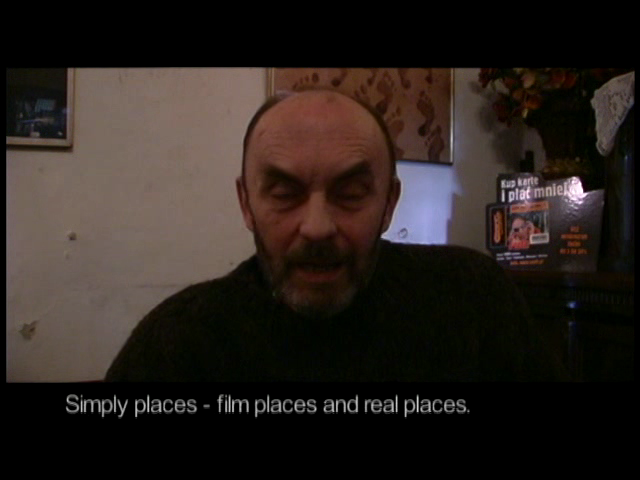
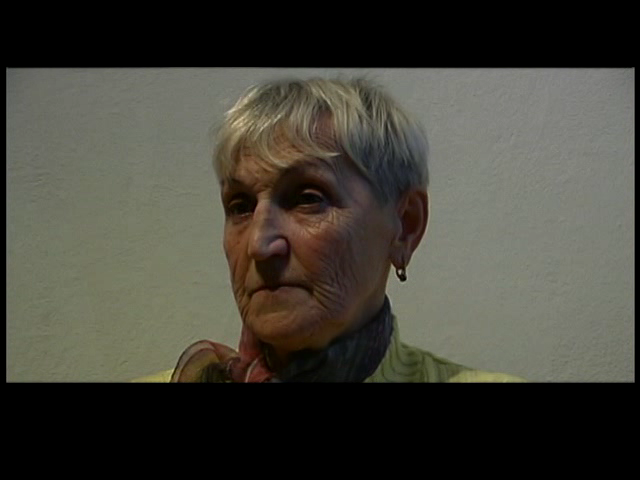 Openings: Omer Fast - showings of video installations by Omer Fast - Critical Essay
Openings: Omer Fast - showings of video installations by Omer Fast - Critical Essay
Jennifer Allen
Omer Fast really knows how to wreck a movie. His video installations--which may take their cue, if not their footage, from Hollywood fare--tend to unsettle the elements that make moving pictures move, from the sound to the subtitles. For an early intervention, T3-AEON, 2000, Fast smuggled his own tales into the sound track of The Terminator (1984) and returned the tainted videos to rental stores around New York. As the Terminator pulls the trigger on a victim, a male voice-over suddenly interrupts the scene with a recollection of being disciplined as a child by his father: "He slapped me. And then he slapped me again and again." While transforming the blockbuster film into a public archive for private memories, the parasitic narrative frustrates both the hero's actions and the viewer's pleasure.
"I try to resist catharsis in film," says Fast, whom many will remember from the 2002 Whitney Biennial as the sound-effects man in the two-channel video installation Glendive Foley, 2000. "Catharsis involves a kind of movie-house communion where the individual melds into the mass." The American-Israeli artist, who moved between the two countries before completing his MFA at Hunter College, CUNY, seems to set his own experience of dislocation against the unifying power of the screen. In Fast's work, there is no simple identification with a story on a screen, let alone a place, language, or culture. Indeed, Glendive Foley presents a tour through Glendive, Montana, on one monitor and, on the other, the artist frantically trying to mimic the language of the land--not English but a polyphony of suburban sounds, from bugs to lawnmowers.
A Tank Translated, 2002, which was shown this spring at the Frankfurter Kunstverein, the Witte de With in Rotterdam, and Postmasters, New York, disrupts the process of identification with faulty translations. Returning to his native Jerusalem, Fast interviewed Israelis who did their military service together in a tank. The commander, gunner, loader, and driver appear on four separate monitors arranged in the same positions that the soldiers took when operating the tank in the Gaza Strip. As the young men relate their experiences in Hebrew, the English subtitles change, transporting us from the battlefront to innocent scenes of male bravado. As the loader boasts about shooting, the word "shells" in the subtitle is abruptly replaced by the word "stunts," and the army recruit becomes a rising movie star. While effecting a metamorphosis, Fast's stuttering subtitles point to other moments in the Israeli-Palestinian conflict where less conspicuous errors of translation may occur: from the civilian to the soldier, from the occupied territories to the television set, from a war zone to the art world.
Displacement also marks Berlin-Hura, 2002, the video that Fast made after moving from New York to Berlin last year. Delving into family history, the artist interviewed his grandmother, who fled Berlin for Palestine in 1936 to escape the Nazi persecution of the Jews. Her family abandoned its flat in Berlin Mitte for what turned out to be an unusable plot of land in the Negev Desert, occupied by nomadic Bedouin tribes. in addition to filming his grandmother, Fast hired an elderly male actor to tell the same story using her exact words. The work, which was shown at BuroFriedrich in Berlin and &: gb agency in Paris, is remarkably edited over four monitors. As the two echoing narrators move through history and geography, their words are punctuated with contemporary views of places they revive by memory: an empty plot where the apartment once stood in Oranierburgerstrasse, the open desert at Hura, a housing block in Tel Aviv. But it's not clear to the viewer whose memories are based on a lived experience and whose come from a script. Like the land, the story appears to be real, but no one can say who owns it. Fast's multiple layers unsettle the veracity of the documentary genre, but he edits footage in a way that manifests the experience of dispossession: A Berlin tram can be heard before it appears on the screen that the grandmother inhabits--that is, before it takes over her story. With its many moving parts, Berlin-Hura underscores the problems of passing on a cultural heritage for those who have a portable history, whether by force or by choice.
Fast's manipulations may seem heavy-handed. But by frustrating our desire to invest in a story, his disruptions serve as a potent reminder that we are indeed looking. Far from confusing the fake and the real, Fast lends a visibility and a material presence to elements in a film that are typically taken for granted. Thus, his shifting subtitles are not so much falsified as "sculpted" in a way that plays on the optical unconscious. Here, looking is not neutral; every eye is haunted by what it has seen in the past. Watching A Tank Translated, spectators must realign their own sights and thus experience the visual dislocation that the men endure as they tell Fast, in the comfort of their own homes, what they saw as soldiers in Gaza.
The notion of the witness--in its historical weight and complexity--figures predominantly in Fast's most recent work, Spielberg's List, 2003, which debuted at Postmasters last spring. Giving a voice to another silent presence in film, Fast traveled to Krakow and interviewed Polish extras who played Jews and Nazis in Steven Spielberg's 1993 Schindler's List. In the two-channel installation, it becomes clear that the extras witnessed not only the film but also the real atrocity. As Fast combines their testimonies with scenes from the film, the set, and the city, history itself begins to stammer with visual slips of the tongue. A woman describes the "selection" process, at pains to explain why she was picked to play a Jewish prisoner; the street corner where the selection took place becomes a strange historical monument, at once banal and grotesque. An elderly man remembers looking at the work camp on his walks, but we're not sure if it's the real camp, which still exists as a ruin, or the film set, which Spielberg left behind. Again, it's not a question of fakes and reals; rather, the act of looking--whether at a camp or at the movies--creates its own history, accumulative, constitutive, forgetful, repressive. Exploring the cottage industry that serves American tourists who come to see the set, Fast demonstrates that Schindler's List has as much drawing power as the event it portrays. Here, Fast's layers of looking add up to a disturbing conclusion: The gaze can even repress the site of genocide and turn it into something magical, sublime. An extra puts it best. After describing the brutality of the counterfeit camp, she sighs, "These are beautiful scenes for me."
Jennifer Alien is an art writer based in Berlin.
Download this at KaraGarga.
at 10:27 AM